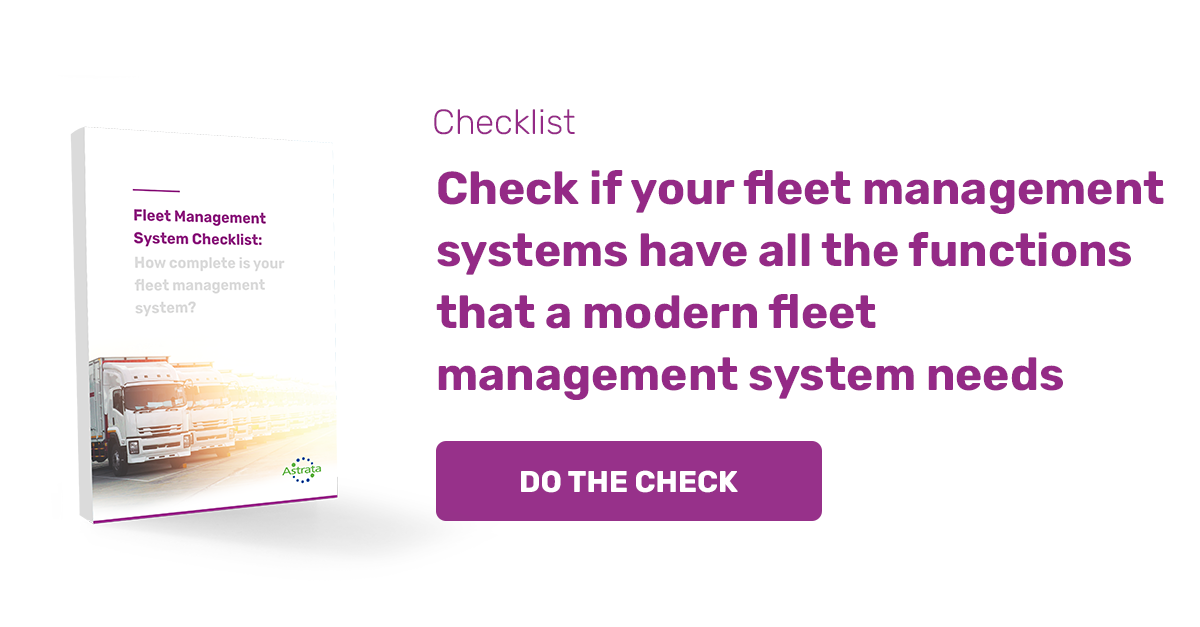 The first step was a bar-code scanner but companies are now digitalising their whole process. This enables them to manage their fleet better with less resources. It also offers increased added value to their customers. If you do not want to fall behind the competition, you cannot afford to not digitalise your business. In this new blog, we discuss the ‘why’ and the ‘how’ of digitalisation in the transport industry.
The first step was a bar-code scanner but companies are now digitalising their whole process. This enables them to manage their fleet better with less resources. It also offers increased added value to their customers. If you do not want to fall behind the competition, you cannot afford to not digitalise your business. In this new blog, we discuss the ‘why’ and the ‘how’ of digitalisation in the transport industry.
Why is digitalisation in the transport industry beneficial?
The digitalisation of processes in the transport industry enables companies to gather information in real-time and provide this information directly to different departments of the company. By doing this, there are able to:
- Optimise the efficiency of their processes: be able to send documents to the back office and the customer
- When the process is not digitised, the driver needs to send documents by post, or worst-case scenario is that he delivers documents after being out of the office for 2 weeks. In which case, the driver often does not remember relevant information about the documents.
- Improve cash flow
- The driver is able to invoice the customer immediately.
- Side note: the electronic CMR is not yet eligible in every country
- Improve driver happiness and thus driver retention
- It is easier to work with a screen than with documents. Your employees will find this less stressful.
- Become more eco-friendly:
- Awareness of environmental issues in the industry is growing. Transport companies are choosing LFG and trucks that are much more eco-friendly. They want to be seen as a green company. It starts with the digitalisation of their transport processes so that they are able to minimise paper.
- Prevent mistakes with in-flight interventions
- Digitisation and real-time data allows in-flight, rather than retrospective, interventions
How to digitalise your business: 5 steps
- Step 1: Define which areas you need to improve
- What are your goals? What is your plan for the next few years?
- Step 2: Determine if you have the right systems to reach your goal
- Do we have the right fleet management telematics system(FMS)?
- Do we have the right transport management system(TMS)?
- Step 3: Check all the possible solutions and choose one
- There are different situations to one problem. For example, you can change the FMS or you can choose to change the TMS. Or both of them.
- Step 4: Integrate the TMS (if you have one) and FMS
- Step 5: Analyse and digitalise the process further by talking with the FMS provider
- important to choose a provider that is flexible
In the future, processes will continue to be more and more digitalised. It goes without saying that you need to remain up to date about the latest innovations to so as not fall behind the competition.
Is there room to improve your fleet management system?
Fuel management systems are just one part of your whole fleet management system. Knowing that you can save money by optimising one aspect of your fleet management system, who knows what more opportunities there might be. Do you want to know where you can improve your fleet management system? Download our fleet management checklist and see if your fleet management system has all the functions that a modern fleet management system needs. Download it here.






